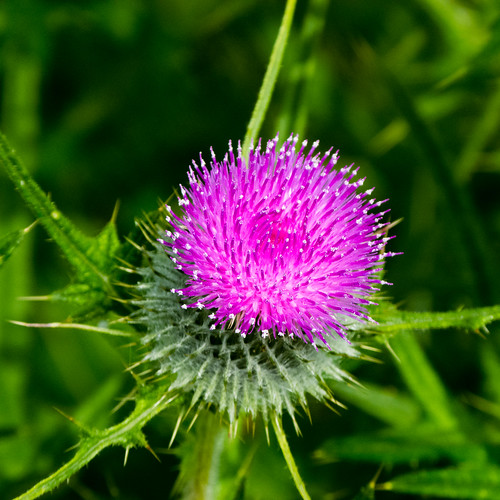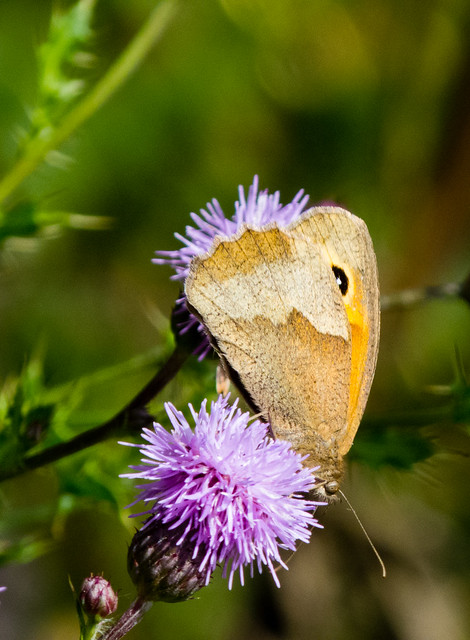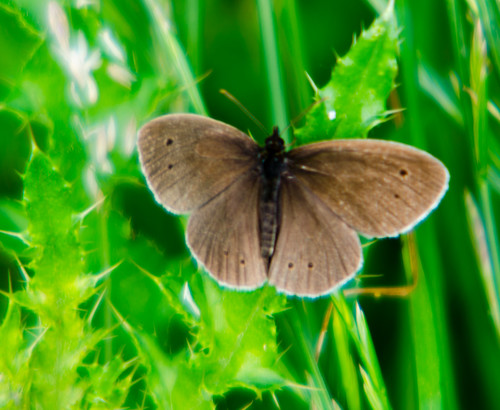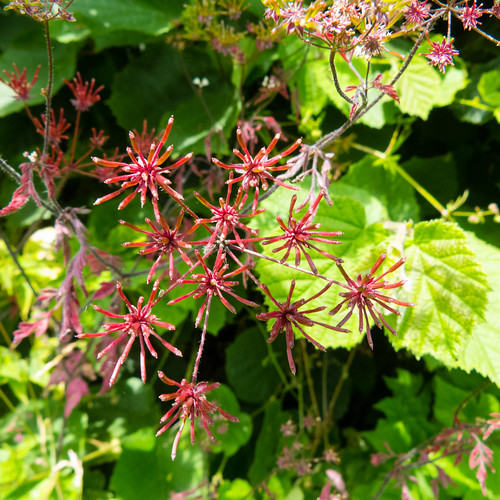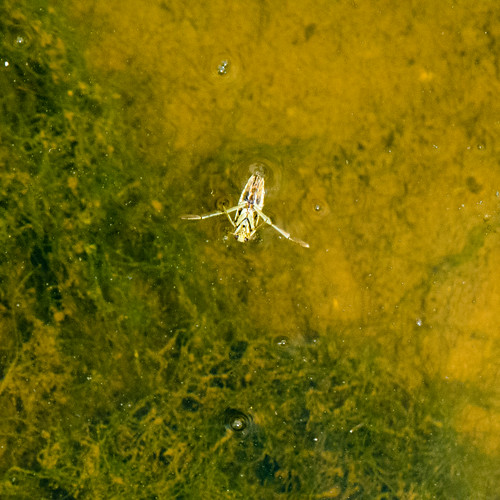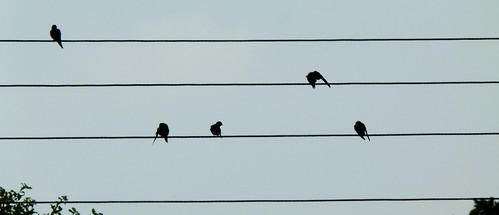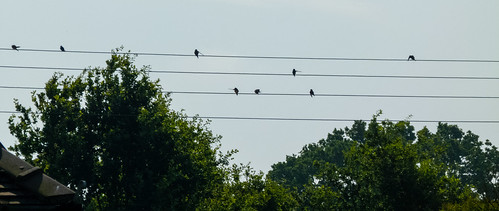One or two young blackbirds noisily and eagerly gathering the ripening mulberries from the tree on the riverside terrace of the Dirty Duck (more formally the Black Swan) in Stratford on Avon.
The tree is associated with Shakespeare, so lots have been planted in Stratford.
The berries were too big for the birds to eat directly from the tree, so they needed to move them to a resting place nearby to eat them in stages. While doing so, they knocked off more ripe berries than they picked, bombarding the drinkers below. Mulberries leave a dark and stubborn stain if they land on clothing.



